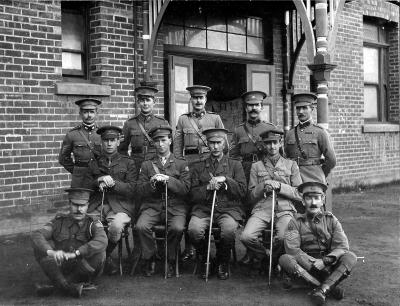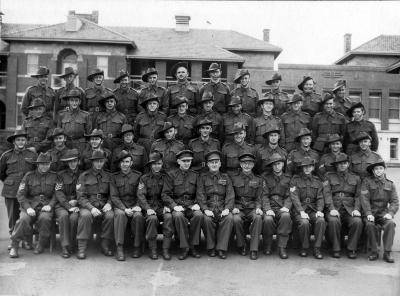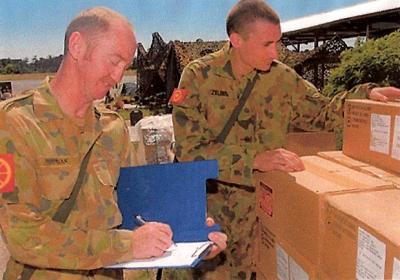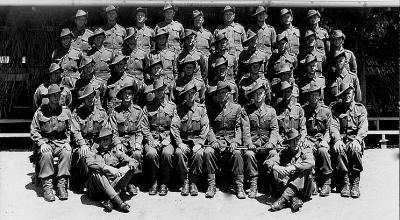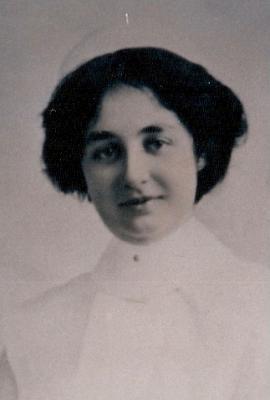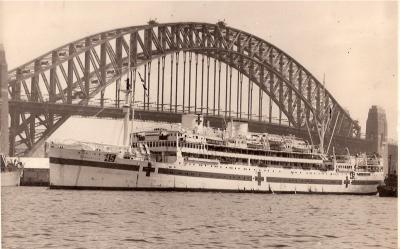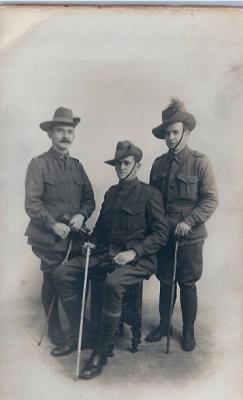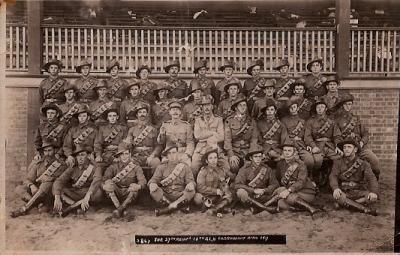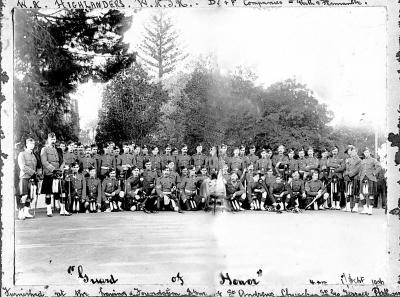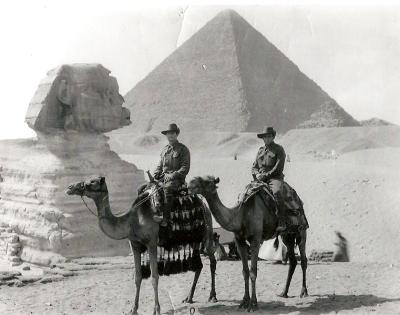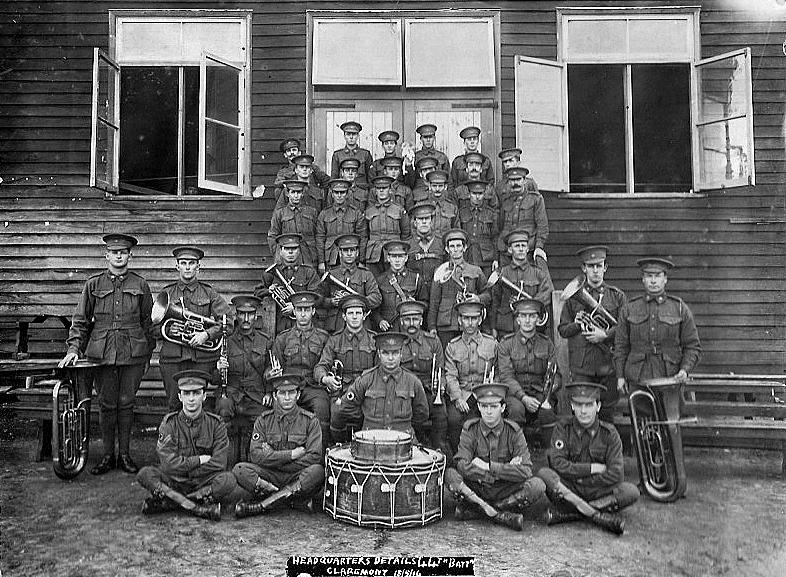World War 1, Western Australia, Claremont, 44 Battalion, 1916
191644th Battalion Headquarters and Band at Claremont 19/5/1916
The 44th Battalion was an infantry unit of the Australian Army. Raised at Claremont, Western Australia, in February 1916, the battalion formed part of the 11th Brigade, which was part of the 3rd Division, which was formed as part of an expansion of the all-volunteer Australian Imperial Force (AIF). Commanded initially by Lieutenant Colonel William Mansbridge, it earned the nickname "Old Bill's Thousand." The battalion left Australia on 6 June, arrived in Britain for additional training, and reached France in late November. It saw its first frontline action on the Western Front on 29 December.
Throughout the winter of 1916-17, the 44th Battalion alternated between frontline duties and work in rear areas, interrupted only by a major raid on 13 March 1917. Its first significant battle was at Messines in Belgium from 7 to 10 June. Following this, the battalion was actively engaged in the Ypres sector, participating in the battle for Broodseinde Ridge and enduring severe losses. Of the 992 men involved, only 158 returned unscathed by the time the battalion was relieved on 21 October.
For the next five months, the 44th Battalion rotated between rear and front lines in Belgium. When Germany launched its last major offensive in March 1918, the battalion was quickly deployed to France, helping halt the advance on Amiens. As the Allies prepared their own offensive, the 44th took part in the battle at Hamel on 4 July and was involved in the major Allied push starting on 8 August. The battalion's final action was breaching the Hindenburg Line at the St Quentin Canal in late September. Severely depleted by then, it was relieved from the front before the war's end and disbanded in May 1919.
In 1921, Australia's part-time military force was reorganised to perpetuate the numerical designations of the AIF, and the 44th Battalion was re-raised at this time, drawing personnel from the 16th, 28th and 51st Infantry Regiments. Through its link with these units, the battalion inherited the theatre honour "South Africa 1899–1902". Despite the widespread Defence cutbacks that occurred in the 1920s and 1930s, the battalion remained in existence throughout the Great Depression, even when other units were amalgamated as manpower became scarce. In 1927, the battalion adopted the title of the "West Australian Rifles. The majority of the battalion was based in Perth during this time, but a single company was raised at Bunbury.[15]
During World War II, it undertook garrison duties in Australia and was later gazetted as an AIF unit after the majority of its personnel volunteered to do so, it was never Post World War II the 44th was amalgamated with the 11th Battalion, before being subsumed into the Royal Western Australia Regiment in 1960.
Details
Details
P1900.3193
AHMS IRN 32360
Australian Army Museum of Western Australia
Australian Army Museum of Western Australia
Other items from Australian Army Museum of Western Australia
- Pre 1914, Western Australia, Claremont, No 10 Non-Commissioned Officer School
- World War 2, Fremantle, Artillery barracks,No 1 Harbour Battery, Volunteer Defence Corps, 1945
- Post 1970, ZELE, DUDMAN
- World War 2, Western Australia, Northam, No 7 Platoon, A Company 2/16 Battalion, 1940
- World War 1, Western Australia, BAILEY, Australian Army Nursing Corps
- World war 2, Australia, New South Wales, Sydney, HMAHS Wanganella
- SHEEN, 2/3rd Field Regiment, Royal Australian Artillery
- World War 1, KNUCKEY, MCDONALD, BLOCK , 7th Reinforcements, 11th Battalion, B SquaDr.on, 8th Light Horse Regiment, 5th Reinforcements, 2nd Battalion
- World War 1, Claremont, Western Australia, Australia, 27th Reinforcements, 10 Light Horse, 04/1917
- Perth, Western Australia, Australia, D and F Companies West Australian Highlanders, Western Australian Infantry Regiment , 01/09/1906
- World War 1, Giza, Egypt, TINDALL, 2nd Reinforcements, 28th Battalion, Australian Imperial Forces
- unknown
